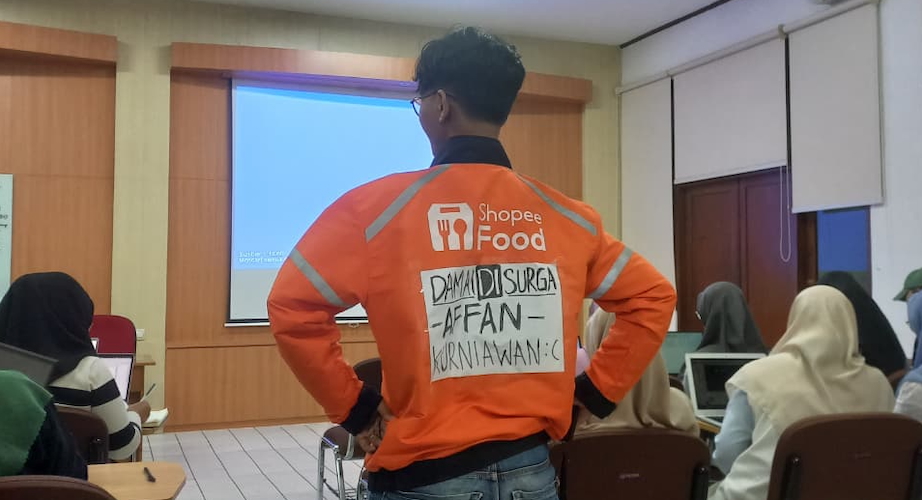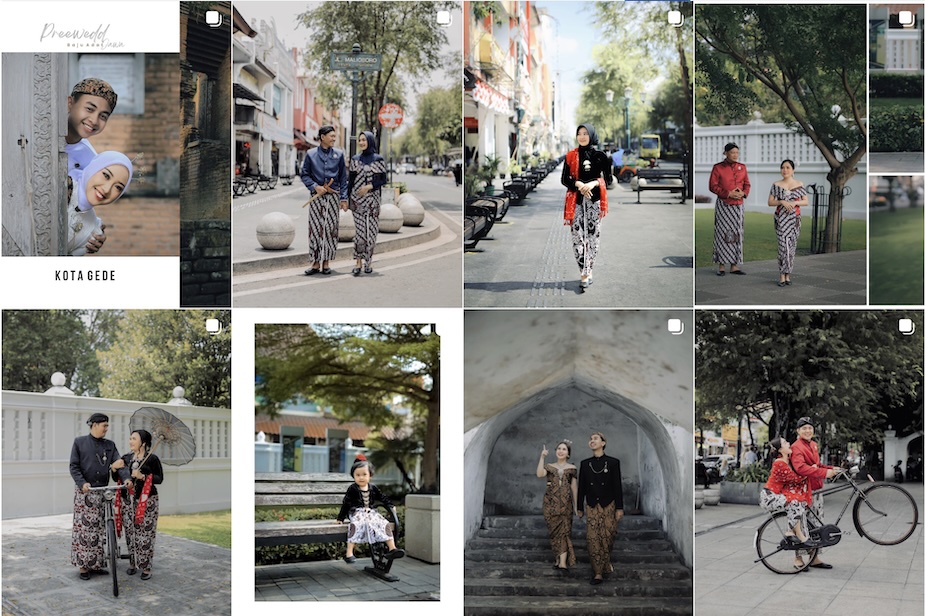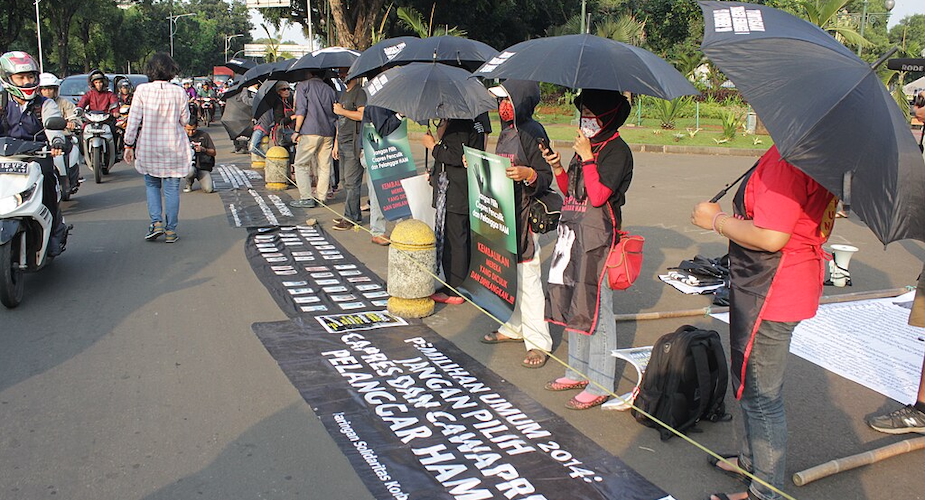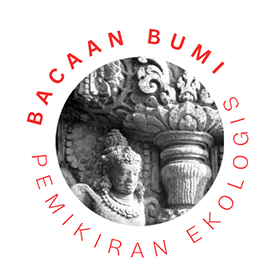Bali's image as a tourist playground masks a dark past. Activist Agung Alit urges visitors to the island to help break the silence.
'If you want to talk about Bali…Balinese culture…it must start from '65. The '65 tragedy. The genocide. I look at the evolution of Bali from the massacre. Mass grave. Mass tourism. Mass problem. Eighty thousand people were killed in Bali.'
As post–pandemic tourism surges in Bali, activist Agung Alit sees a growing opportunity to speak openly about the island’s buried histories, especially the 1965–1966 massacres, of which the 60th anniversary approaches. Alit hopes to engage tourists in conversations that go beyond paradise, inviting them to consider a history that continues to shape the island’s present.
This article explores how post–pandemic tourism intersects with Bali’s violent past, particularly through the work of the Taman 65 (Park 65) community. While the industry has recovered, the influx of visitors raises urgent questions – not only about historical erasure, but also environmental degradation, land development and cultural commodification. Taman 65 offers a space for reflection, inviting both locals and tourists to engage with these tensions.
Masked paradise
The violence that claimed Alit’s father, I Gusti Made Rake – a schoolteacher - began in late 1965, when General Suharto (also spelled Soeharto) seized control and launched a nationwide purge of alleged communists and their sympathisers. In Bali alone, tens of thousands were killed.
Four decades later, Alit and his brother, Degung Santikarma – a respected anthropologist – established Taman 65 in their family compound in Kesiman village. It serves as a gathering place for survivors, witnesses and families of victims, as well as a venue for critical discussion, creative expression and performing arts.
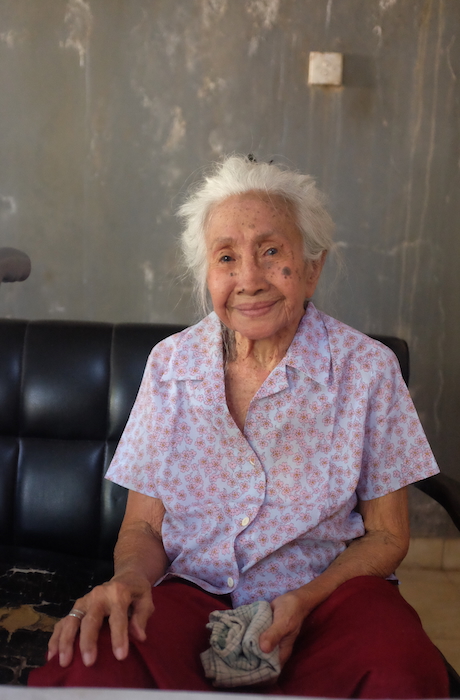
A weapon-wielding Goddess Khali dominates a mural within the Taman 65 space, embodying cultural commodification. She wears an ammunition belt marked with symbols of Western globalisation and her lamak (a Balinese shrine hanging) bears a dollar sign overhanging the rupiah, emblematic of tourism’s re-colonising force. A 1965-marked gravestone sits in the foreground, a stark reminder of the violence and erasure that preceded Bali’s transformation. Around Khali, hotels that deny locals entry rise amid disappearing rice terraces, revealing the power imbalances that shape development and environmental policy and the all-consuming nature of the island’s tourism industry.
Kesiman, Alit’s home village, was among the hardest hit areas in Bali. Locals recall bodies lying in the streets and blood flowing through the rivers, unforgettable memories that lie beneath the island’s touristed image.
It has been three and a half years since Bali reopened to pandemic–weary Australians, and Alit hopes visitors will look beyond the island’s exoticisation to reflect on its hidden histories, particularly the 1965-1966 killings, which at the time were cast into shadow by the burgeoning tourism industry, allowing the violence to fade from view.
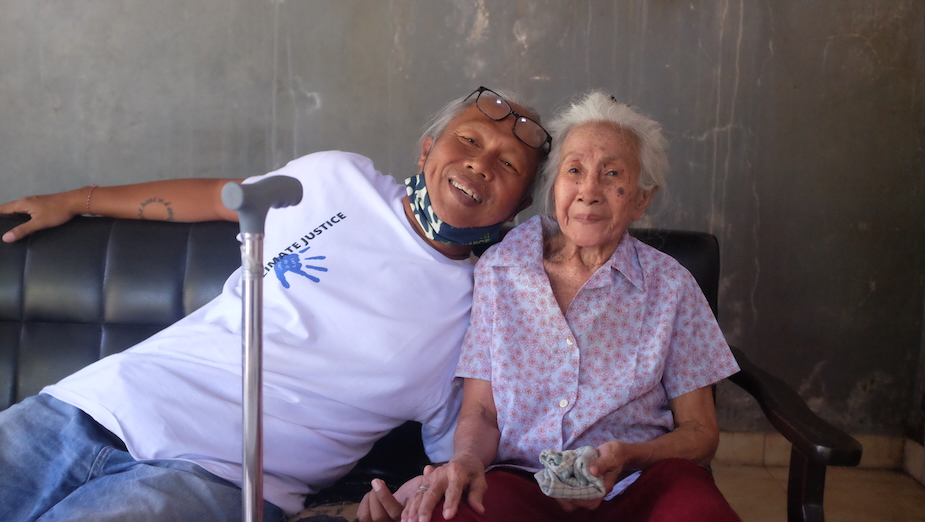
Since it reopened to foreign tourists, Bali's tourism has been booming and Indonesia kept its position as the leading travel destination for Australian residents in 2023-24, with 1.5 million trips recorded. For Alit, the return of mass tourism demands honesty. 'People were killed. Then came mass tourism', he says. 'They tell you to be Balinese all the time with your culture…blah, blah…it’s kind of bullshit, you know. You can’t build a culture based on lies. We need to tell people the truth'.
Where tourists tread
Australian-Balinese artist Leyla Stevens reflects on this tension between tourism and trauma: 'In South Bali…you have the villas, the hotels and this touristed topography, and then you have these sites of trauma underneath…that people know about, but they don’t really talk about…it’s a kind of literal burying of history'.
Stevens suggests the need for the coexistence of these histories, rather than one erasing the other. 'Bali’s always going to be a touristed island – you can’t go back. But maybe there’s a way to acknowledge these histories within tourism itself. We see this with the Bali bomb memorial. That’s a tourist site now. It’s complicated.’
Paving justice
Alit speaks openly about the trauma that lingers from the 1965-1966 massacres. 'This is a very serious problem', he says. 'The government…the politicians…they tried to hide it. They didn’t want us to talk about it'.
For years, Alit’s family, like many others, avoided speaking about the past, held back by fear. When Taman 65 was first established, his aunt and uncle were uneasy about discussing their experiences. But Alit pushed back against that silence, reminding them that he was now a father himself and asking why they should still be afraid. Slowly, his relatives began to share their stories. Later, when his children asked about their grandfather – whether he had died in 1965 and if he had been a communist – Alit responded openly. He explained that the Indonesian Communist Party had been a legal political organisation at the time. That honesty, he says, has helped bring a sense of relief to his family.
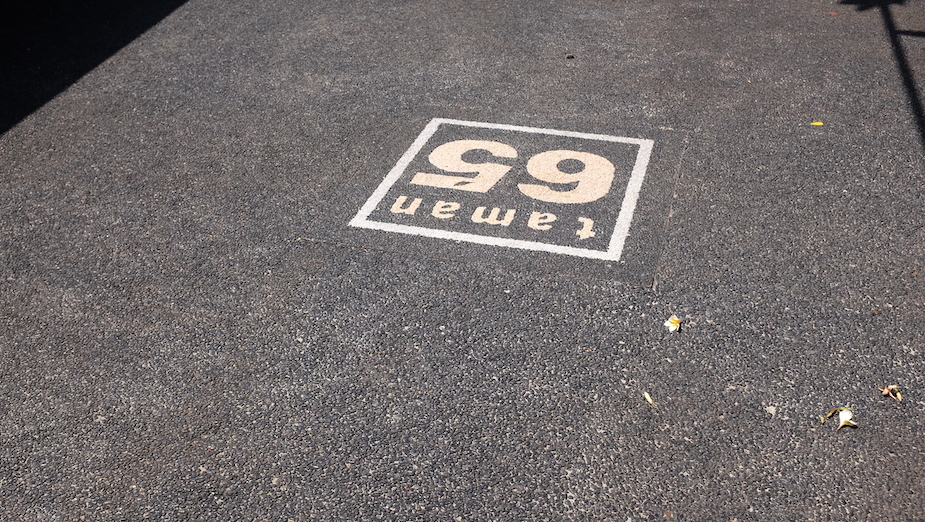
In Bali, justice is often seen as a spiritual matter, guided by karma rather than the legal system. While the law can be flawed or corrupt, karma is believed to be a higher force that always delivers justice. This idea is reflected in stories shared by Mayun Karmadi, the older sister of Agung Alit and Degung Santikarma. She lives with her husband in a family compound, where she manages the household and oversees ritual ceremonies at the family temples, including those at Taman 65. She is also a senior member of Susila Budhi Dharma (Subud) and regularly attends Taman 65 gatherings. Mayun describes how many of the 1965–66 perpetrators later faced misfortune, such as broken family ties or early deaths.
Paradise and pain
The contrast between the surf tourism boom of the late 1960s and early 1970s and the silence surrounding the massacres of 1965–66, which had occurred a few years earlier, caught Stevens’s attention. 'The images from that time are nostalgic – white beaches, carefree surfers’, she says. ‘But when you place them in the context of 1965–1966, they become unsettling. These images need to be questioned.'
She believes the silence persists because victims and perpetrators still live side by side. 'There’s a reluctance to reflect more deeply. But it’s important for this generation to talk about it. Survivors are ageing. We’re at risk of losing their memories.'
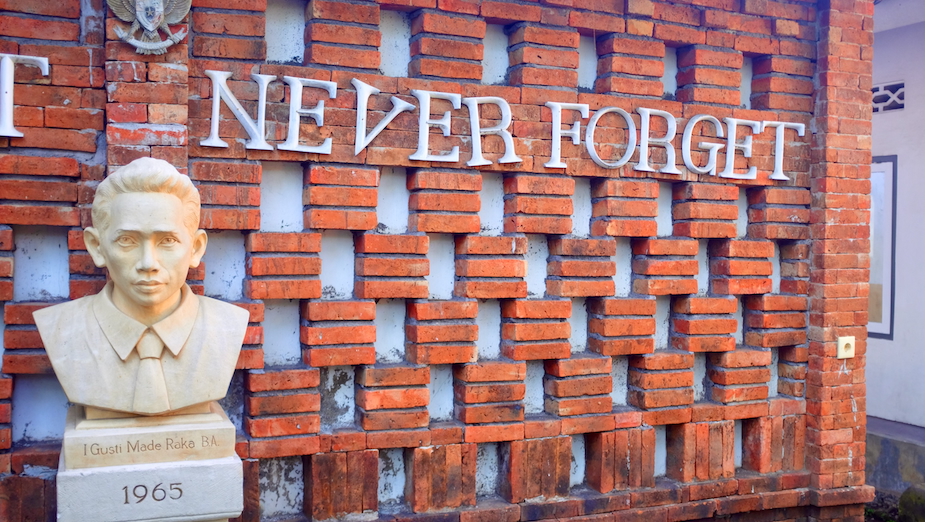
Alit shares this urgency. He has compiled a list of those killed in his village and is now documenting the names of perpetrators. 'There are two kinds of victims in Bali', he says. ‘Some, like me, want to talk. Others don’t, because tourism has brought them success.'
Truth sharing in touristed Bali
Alit believes that sharing the truth about Bali’s past won’t deter visitors. 'You have to remember the buried', he says.
Stevens explores this history through her three–channel video work Kidung/Lament, which won the prestigious Blake Art Prize in 2021. The piece features the late performance poet Cok Sawitri, who passed away earlier this year, chanting in a traditional style often used for children’s milestones or lullabies. The video includes close-ups of a banyan tree that stands on a known mass grave site from 1965, with Sawitri singing toward it.
'I think of it [Kidung] in terms of its reparative potential…it’s not so much in the activist space', Stevens says. 'There are some really important artists already working with the 1965 histories and doing amazing work there. And then within the context of Bali, there are some really fantastic artist–led projects around remembering what happened.'
Stevens acknowledges the importance of uncovering historical facts, but stresses that activism must also address the emotional aftermath. 'A lot of activism is focused on what happened and uncovering the facts, but there also needs to be a measure of collective healing around it as well', she says.
Former president Joko Widodo’s early promises of truth and reparations briefly raised hopes among families of the victims of the 1965–66 massacres, but the perpetrators remained shielded from accountability. Under Prabowo Subianto – whose leadership evokes the authoritarianism of the Suharto era – there is now virtually no hope that the current government will deliver justice for the families of victims of the 1965–66 massacres, let alone other crimes against humanity.
'Taman 65’s not just for Balinese', Alit says. 'It’s for people from all over Indonesia. And for people like you who want to talk about 1965. We must be in this together…always.'
He believes tourists can play a role in truth–telling. 'It’s good to share the truth with tourists. If tourists are interested in Bali’s past, we could tackle this together. Why not?' He adds, 'The tourist’s voices are more powerful than ours to say this. They listen more to tourists than us, you know'.
As Bali welcomes millions of tourists once again, Alit and the Taman 65 community urge visitors to look beyond the beaches and villas to listen, reflect and consider the histories that lie beneath. The island’s future, they believe, depends on truth, justice and collective healing.
'Let’s build Bali based on the purpose of social justice', Alit says. 'Justice and welfare. That’s very important.'
Sharen Chant (schant@deakin.edu.au) is a writer passionate about social justice. She lives on unceded Gadigal land.


